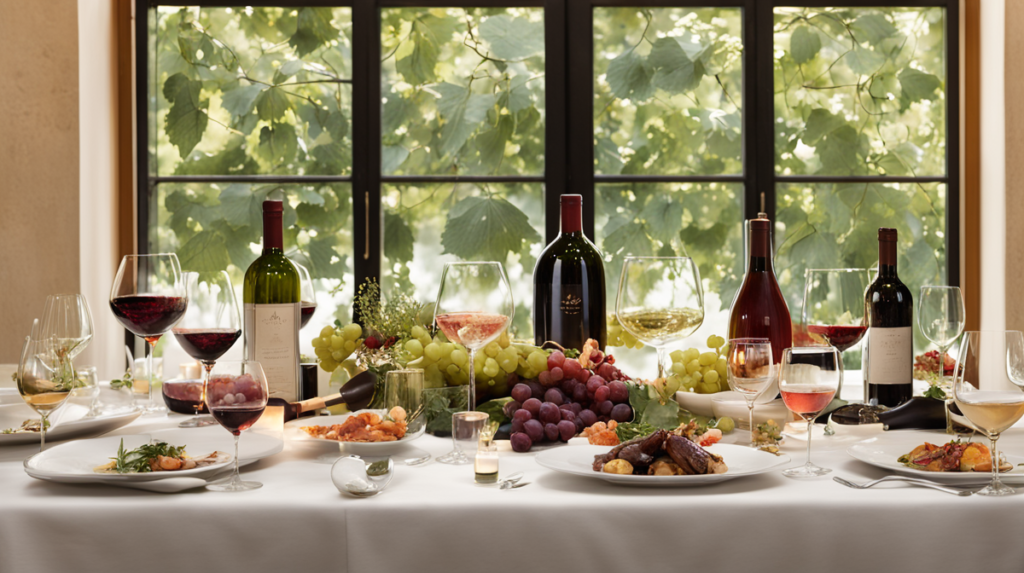
Introduction
The art of food and wine pairing is an enticing culinary endeavor that successfully combines contrasting and complementary flavors. This article offers comprehensive insights and practical advice on creating a symphony of taste between wine and food that’s not only harmonious but also stands up to the principles of a healthy diet.
The Basics of Food and Wine Pairing
When it comes to food and wine pairing, the primary rule of thumb is to match the intensity of the food with that of the wine. However, it’s important to remember that taste is subjective, and what works for one person may not work for another. That being said, understanding food and wine characteristics can allow one to make educated pairing choices.
Understanding food characteristics
Foods fall into different categories based on their flavor profiles such as sweet, acidic, fatty, salty, and bitter. For instance, a typically fatty food like cheese can be balanced by a wine with significant acidity.
Appreciating wine properties
Wines, on the other hand, boast characteristics such as sweetness, acidity, tannin levels, alcohol content, and body. Understanding these wine properties can guide your pairing choices. For example, the acidity in wine can cleanse the palate after a greasy bite, and wines high in tannin can complement rich, fatty meals.
Balance is key
The underlying key to good food and wine pairing is achieving balance. Avoid overwhelming a subtle, delicate dish with a robust, full-bodied wine, and vice versa.
A Health-Conscious Approach to Food and Wine Pairing
While the pleasure of the palate is important, a healthful approach to food and wine pairing shouldn’t be overlooked. A glass of red wine, for instance, carries several health benefits, including containing a high amount of antioxidants, which help increase levels of high-density lipoprotein (HDL), often referred to as ‘good cholesterol.’
Portion control
Portion control is paramount when considering a health-conscious approach to food and wine pairing. Moderation is essential not only to savor the nuances of your pairings but also to maintain your bodily health.
Quality over quantity
Choose quality ingredients for your meals and pick wines that are made with minimal intervention, often labeled as organic or biodynamic. These wines are likely to have fewer additives, artificial flavors, and colors.
Controversies and Debates
The world of food and wine pairing is not devoid of controversies. Some believe pairing is a subjective experience, dismissing established pairing rules. Others maintain that certain pairings inherently enhance or diminish a gastronomic experience. Ultimately, it’s up to the individual’s palate to decide.
Conclusion
Food and wine pairing is an exciting journey of exploration and discovery. Going beyond traditional pairing rules and considering a health-conscious approach can elevate your culinary experiences, offering a new dimension of gastronomic delight while keeping your wellbeing intact. Happy pairing!
Last modified: 18 January 2024


















